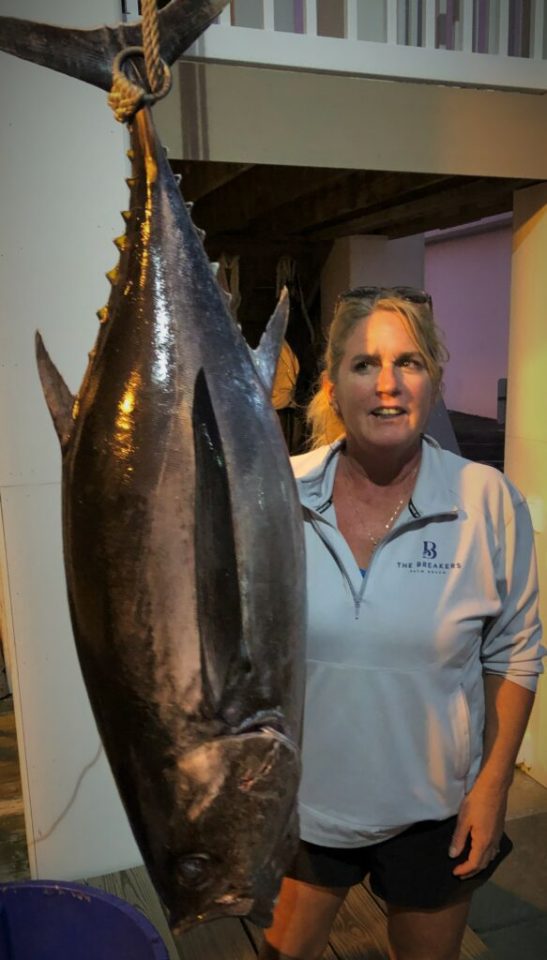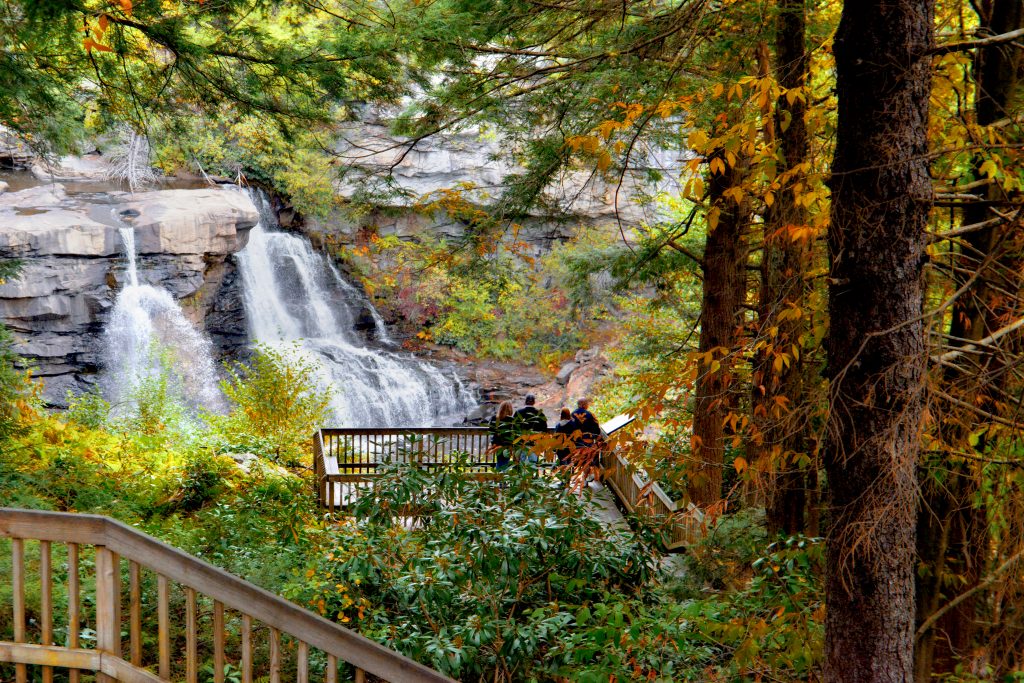

The Narrows Beach provides access to Broad and Linkhorn Bays. There are no lifeguards on duty so be safe and swim at your own risk. The park has a swimming beach, as well as areas designated for boating, fishing and kayaking. With 1.5 miles of shoreline along the Chesapeake Bay, there are plenty of activities to do on the water at First Landing State Park. Of the 10 trails available, two have usage for biking. The trails at First Landing State Park range in difficulty from easy to moderate, with distances between 0.3 mile and 6.1 miles. While traversing First Landing’s trails, you’ll come across cypress swamps, maritime forests, freshwater wetlands, dunes, shoreline on the bay and salt marshes. Hiking and Bikingįirst Landing State Park boasts 20 miles of trails to explore on foot or bike. Find maps and other informative information, as well as bathrooms, at the visitors center. You can also learn about the park’s natural surroundings, including marshes and bays. There you can learn more about the history of the park and the area at the Environmental Education Center. Things to Do at First Landing State Parkīefore you set off on your outdoor adventure, visit the First Landing State Park Visitors Center. In 1997, the name was changed in remembrance of the historic first landing.

The park, originally named Seashore State Park, was purchased by the Commonwealth of Virginia in 1933. These were the first group of settlers to make landfall and eventually establish North America’s first permanent English settlement in Jamestown. First Landing State Park Historyįirst Landing State Park gets its name from the Virginia Company’s 1607 landing on Cape Henry.

The park is also Virginia’s most-visited state park, according to Virginia State Parks.įirst Landing State Park is not far from other popular Virginia Beach attractions, including the Cape Henry Lighthouse, Fort Story and the Virginia Beach Boardwalk. The nearly 3,000-acre park offers a number of exciting and relaxing activities for those looking to enjoy Virginia Beach’s natural setting.įirst Landing State Park has been recognized by the National Register of Natural Landmarks and the National Register of Historic Landmarks. Located in North Virginia Beach, between Shore Drive and the Oceanfront, is First Landing State Park. Among the many things to do in Virginia Beach, a must-do is spending a day at First Landing State Park. Along with the beach, there are several other ways to have some fun in the great outdoors. When you think about spending the day outdoors in Virginia Beach, your mind immediately goes to the sandy beaches along the Atlantic Ocean. Outdoor Adventure Abounds at First Landing State Park At the time, Kleopfer hoped to eventually donate it to a zoological facility for exhibit.Īccording to the Post, Kleopfer said the snake's body will now be donated to a museum.First Landing State Park offers a number of exciting and relaxing activities for those looking to enjoy Virginia Beach’s natural setting. When asked if the snake would have one name or two, Kleopfer told NPR he didn't want to name it for fear he'd jinx the snake's survival. The Washington Post reports that both heads on this snake appeared to have venom.

They are venomous, but the least venomous of the three venomous snakes that live in Virginia, according to the Virginia Herpetological Society website. NPR's Emma Bowman reports a one-headed copperhead snake sighting is not uncommon in North America, especially if you live in the Southeastern United States or in forested, temperate climates.Įastern Copperheads are terrestrial snakes that inhabit a wide variety of habitats. Kleopfer noted that two-headed snakes are most often found in captivity, "but that's usually the result of inbreeding." "They can't coordinate escaping from predators, and they can't coordinate capturing food." Kleopfer told NPR's Scott Simon on Weekend Edition Saturday. In an interview after the snake was discovered, Kleopfer told NPR he estimated the baby snake was about 3 weeks old and 6 to 8 inches long.įinding a two-headed snake alive in the wild is "exceptionally rare" Kleopfer said, because they just don't live that long due to the many challenges living day to day with two heads. Experts at the Wildlife Center of Virginia found one head had a more well-developed esophagus, while the other had a more developed throat, which made feeding a challenge.


 0 kommentar(er)
0 kommentar(er)
